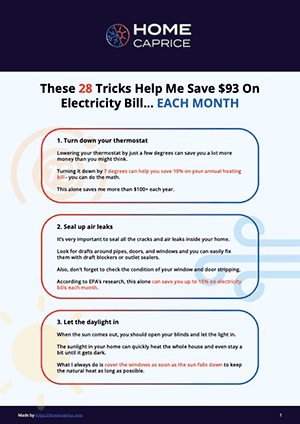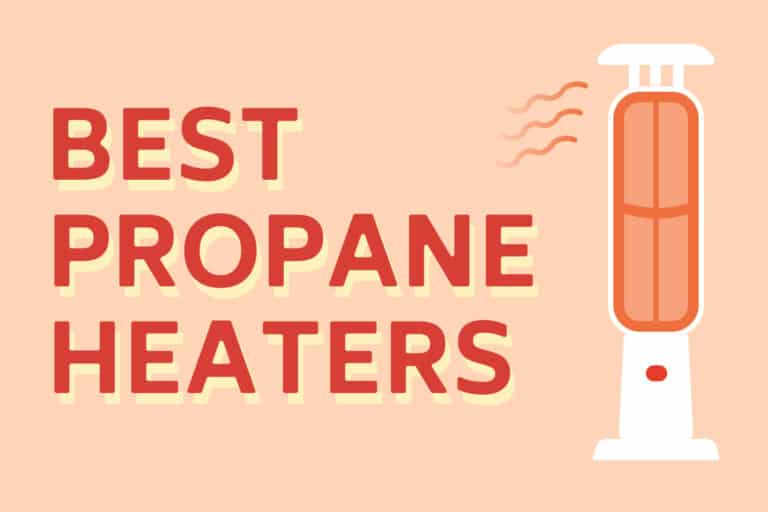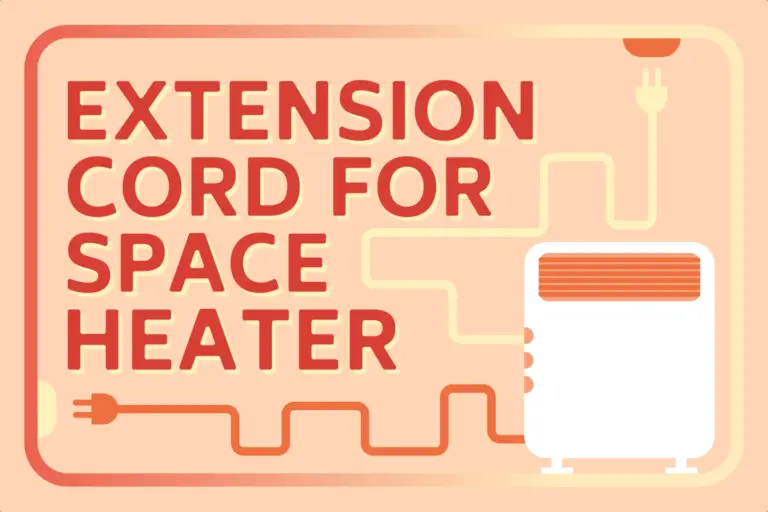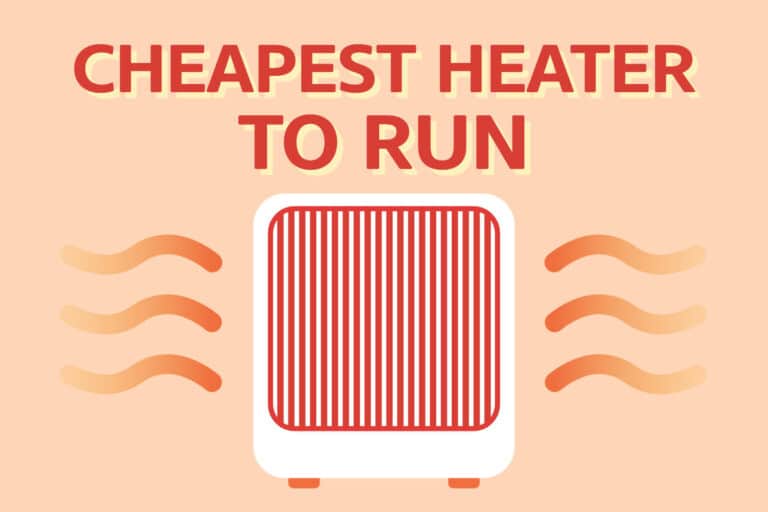When you dive deeper into heating your home, you’ll quickly realize that it’s very important to know the temperature difference between the incoming and outgoing air for your home.
Before you learn the exact air temperature that should be coming out of vents, you’ll learn more about Delta T which will help you to always have the right temperature.
It’s more simple than it sounds, so let’s talk about the Delta T for a moment.
What is Delta T?
The best way to describe Delta T is that it is a temperature difference between the incoming warm or cool air that enters your home and the exhaust air which is returned back to be cooled or heated.
No matter if you’re cooling or heating your home, your Delta T should always be around 16°-23° F.
As an example, let’s say you’re heating your home.
If you were going to set your thermostat to be at 75° F, the incoming air out of your vents should be around 95° as well.
It’s the same as when you’re cooling your room, but then the incoming air should be in the lower range. You set the thermostat to 75° F, the incoming air should be between 53°-59°F.
Delta T is very simple, but people usually complicate it way more than needed.
Delta T is especially easy to calculate with smart space heaters.
So, at what temperature should air be coming out of the vent when heating?
There’s no “right” temperature, but as mentioned earlier – it should be 16°-22°F warmer than the air temperature going back into the vents.
So, always seek for Delta T to be within that range.

Download this FREE cheat sheet to find 28 tricks that can help you save on your electricity and heating bill each month.
Click here to get a FREE Cheat-SheatHow to check the Delta T temperature?
Checking Delta T temperature is very easy and it won’t take more than a few minutes.
Before checking the temperature, you’ll need to have a thermometer.
- Place the thermometer at the return vent
- Don’t forget supply vents as you’ll need to check all of them
- If there are multiple supply vents, calculate the average temperature of them all
- Subtract the return vent temperature from the supply vent temperature
- Make sure it’s within a 16°-22°F range
It’s as easy as that.
What Causes Your AC to Have a Low Delta T?
There are multiple reasons why your air conditioner might have low Delta T levels.
Let’s talk about the most common ones.
Dirty air filters
Dirty air filters can’t distribute enough air because of the dirt, so Delta T levels will decrease drastically because a lot of warm air is being “held” inside those filters.
Cleaning air filters is pretty easy, however, if your ones are too damaged – it might be time to even buy a new filter.
Return air vents blocked
When return air vents are blocked, it will often restrict the airflow and you won’t get as much warm air as you should be getting – a similar problem as with dirty air filters.
This causes poor circulation which can result in overheating of the whole system.
Once your system is completely overheated, you’ll need to seek professional help, so pay attention to it.
This is also similar to when car heaters start to blow cold air.
Closed damper valve
The purpose of the damper is to make sure that everything is okay with airflow. The damper valve controls direct airflow to certain areas and provides more efficient heating.
Sometimes the damper valve can be stuck and closed, so it can cause a lower Delta T temperature.
You can easily locate it inside the vent and open it or change its position.
Leaking Ducts
A healthy heating system should be sealed completely and prevent any ducts from happening. When your vents have gaps, the air will leak and you’ll receive much less warm air.
This has a huge impact on Delta T temperature.
You can tape the smaller leaks and openings, but for larger ones, it might be time to call a professional.


Download this FREE cheat sheet to find 28 tricks that can help you save on your electricity and heating bill each month.
Click here to get a FREE Cheat-Sheat

